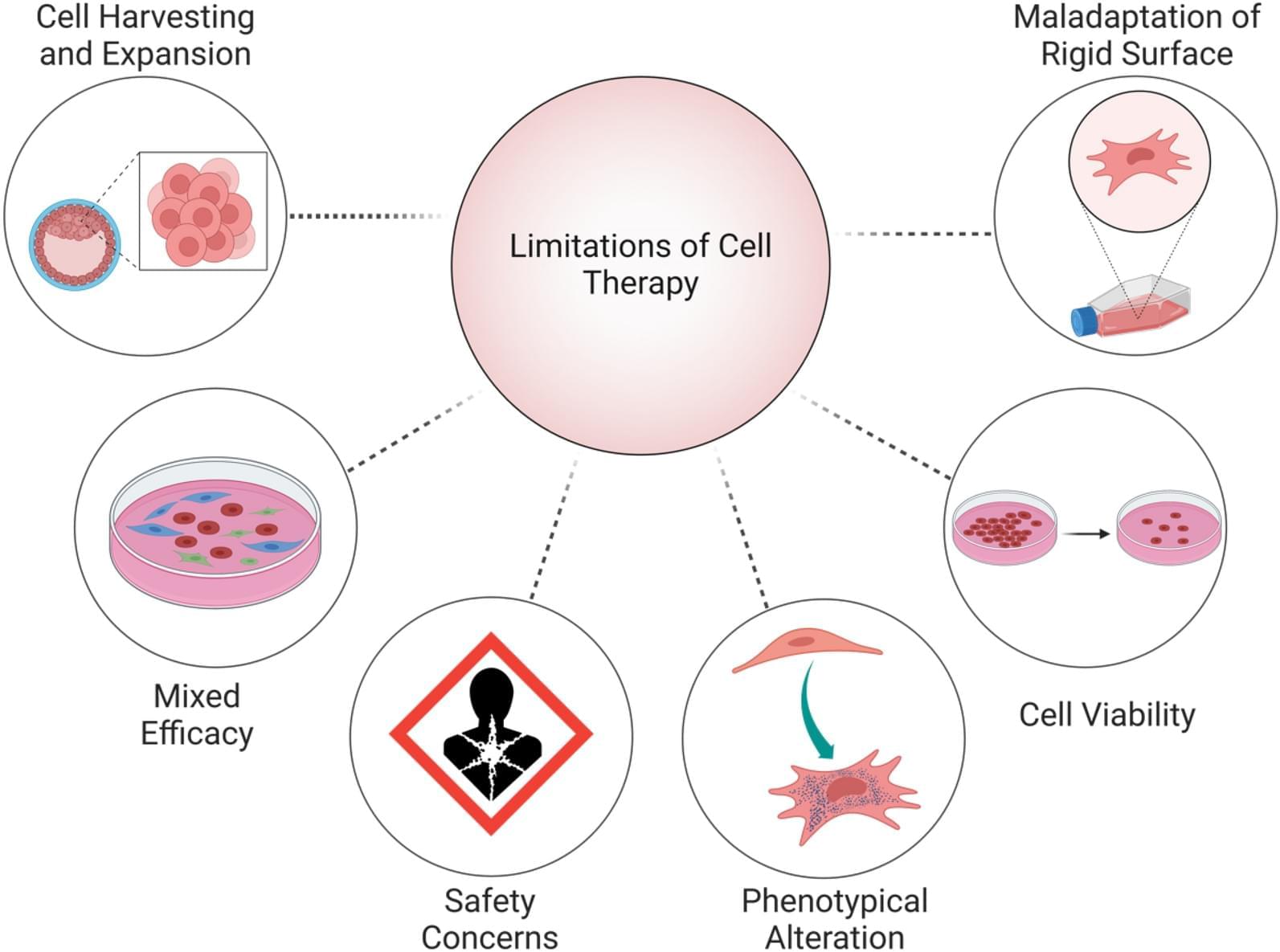Recent studies have shown that mechanical properties such as extracellular matrix stiffness, fluid flow, weight loading, compression, and stretching can affect cellular functions. Some examples of cell responses to mechanical properties could be the migration of cancer cells from rigid to soft surfaces or the differentiation of fibroblasts into myofibroblasts. Cellular responses to mechanical changes can modify the insertion of proteins in the extracellular matrix (ECM), causing an increase in tissue stiffness with functional consequences. In general, mechanical and physical factors can affect any kind of cell phenotype in culture conditions and in vivo tissues. Cells sense mechanical stimuli by applying force and restructuring their shape and functions in response to the resistance of the stimuli. Furthermore, mechanical triggers can develop a “memory” for altering cellular plasticity and adaptation. This phenomenon is called cellular mechanical memory (CMM), a singular feature of mesenchymal stem cells (MSCs). Controlled targeting of CMM may resolve the scarcity of viable cells needed for cell based therapy (CBT) and implement studies concerning cancer research, fibrosis, and senescence. This review focusses on cells from the mesodermal lineage, such as MSCs, fibroblasts and chondrocytes, and the role of CMM as a potential target for CBT.
